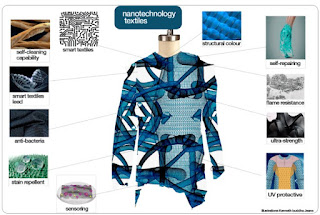Making Use of a Prior Implicit in a Denoiser
This is a recent talk from Eero Simoncelli of NYU that covers examining and using a prior implicit in a denoiser. This is really a talk about human perception and perceptual representations of images that uses denoising as an entry into that exploration.
Let's check it out.
Observations:
1: Removing the bias in CNN makes it work better (better generalization).
2: System learns adaptive filters (directional based on input statistics of source and noise).
3: Projection into a low dimensional space. Sharp scale space, not blurry.
4: Spatial derivatives at the high end of the subspace.
5: Visual images lie on a low-dimensional surface (manifold).
6: Using a denoiser to do iterative gradient ascent to get to a manifold surface. This ends up being a generative model of natural images.
7: Adding a little bit of injected noise to #6 makes it converge better.
8: You can use this 'learned denoiser system' to solve linear inverse problems. Problems like inpainting, random pixel dropping, super-resolution, random pojections.
Not sure i get that these tasks are called linear? Linear in a basis set?
Slick!
The paper titled 'Solving linear inverse problems using the prior implicit in a denoiser' can be found here.



Comments
Post a Comment